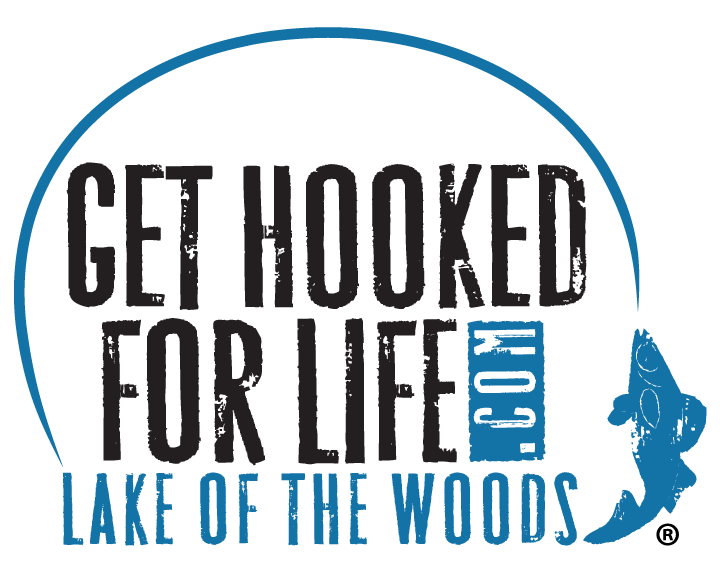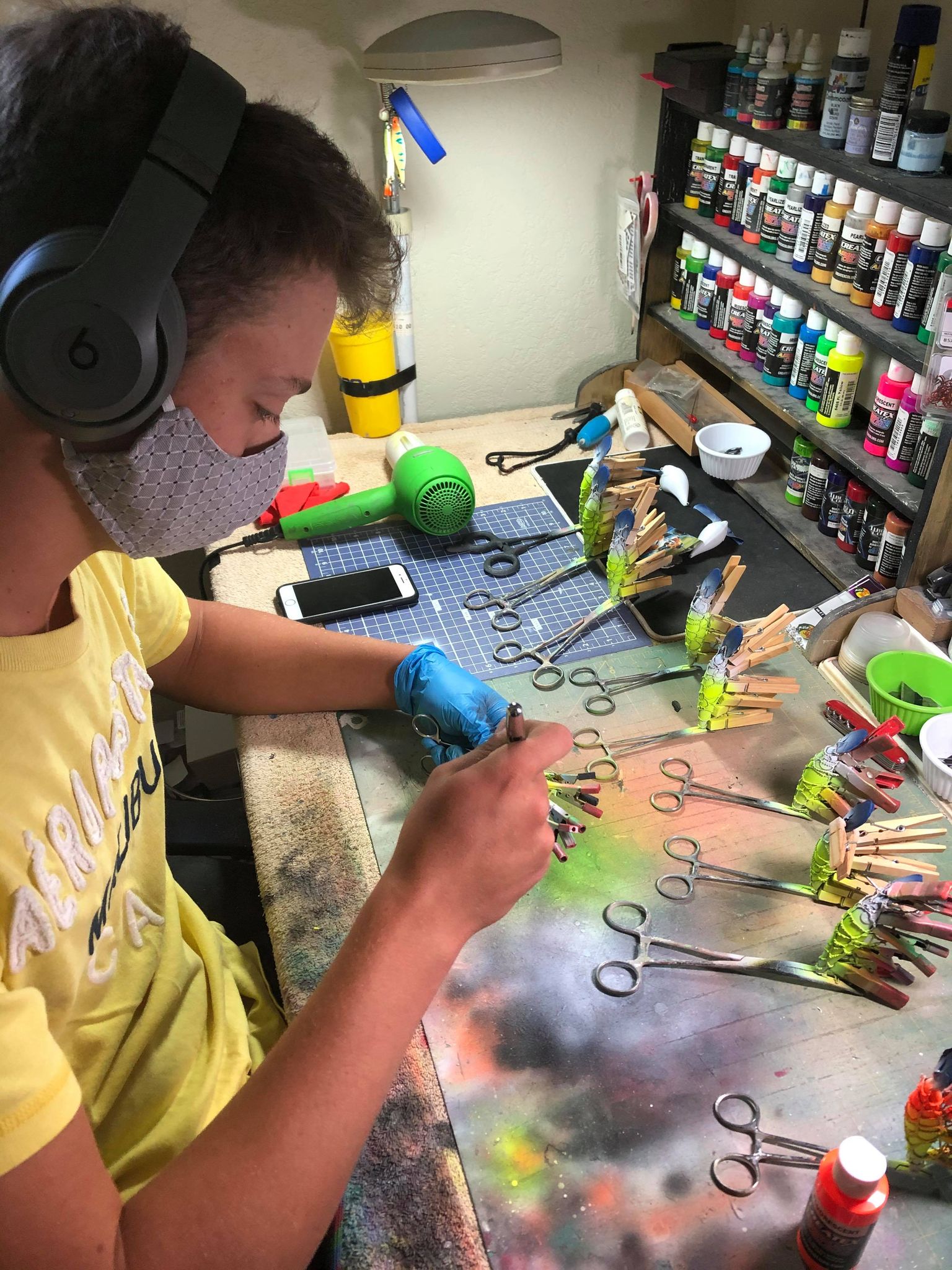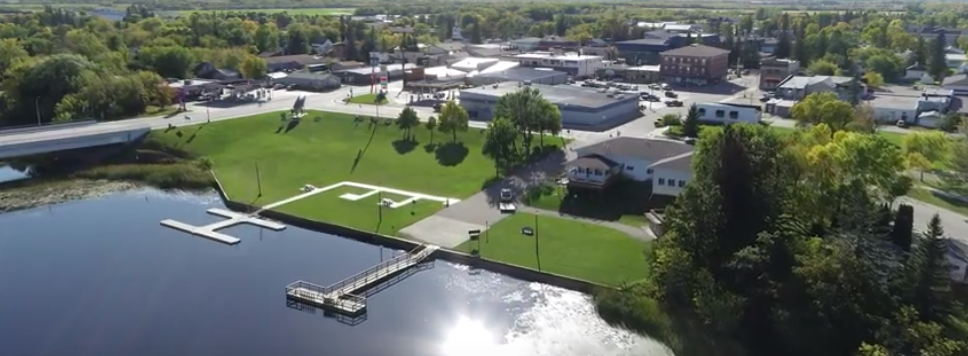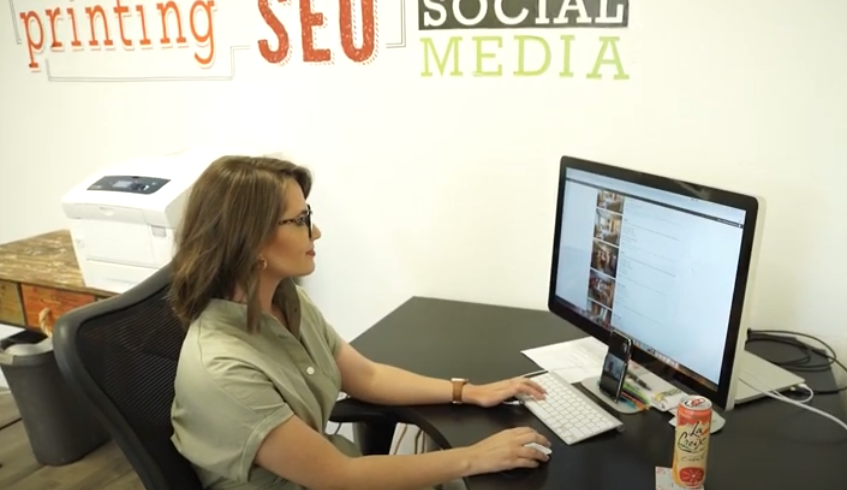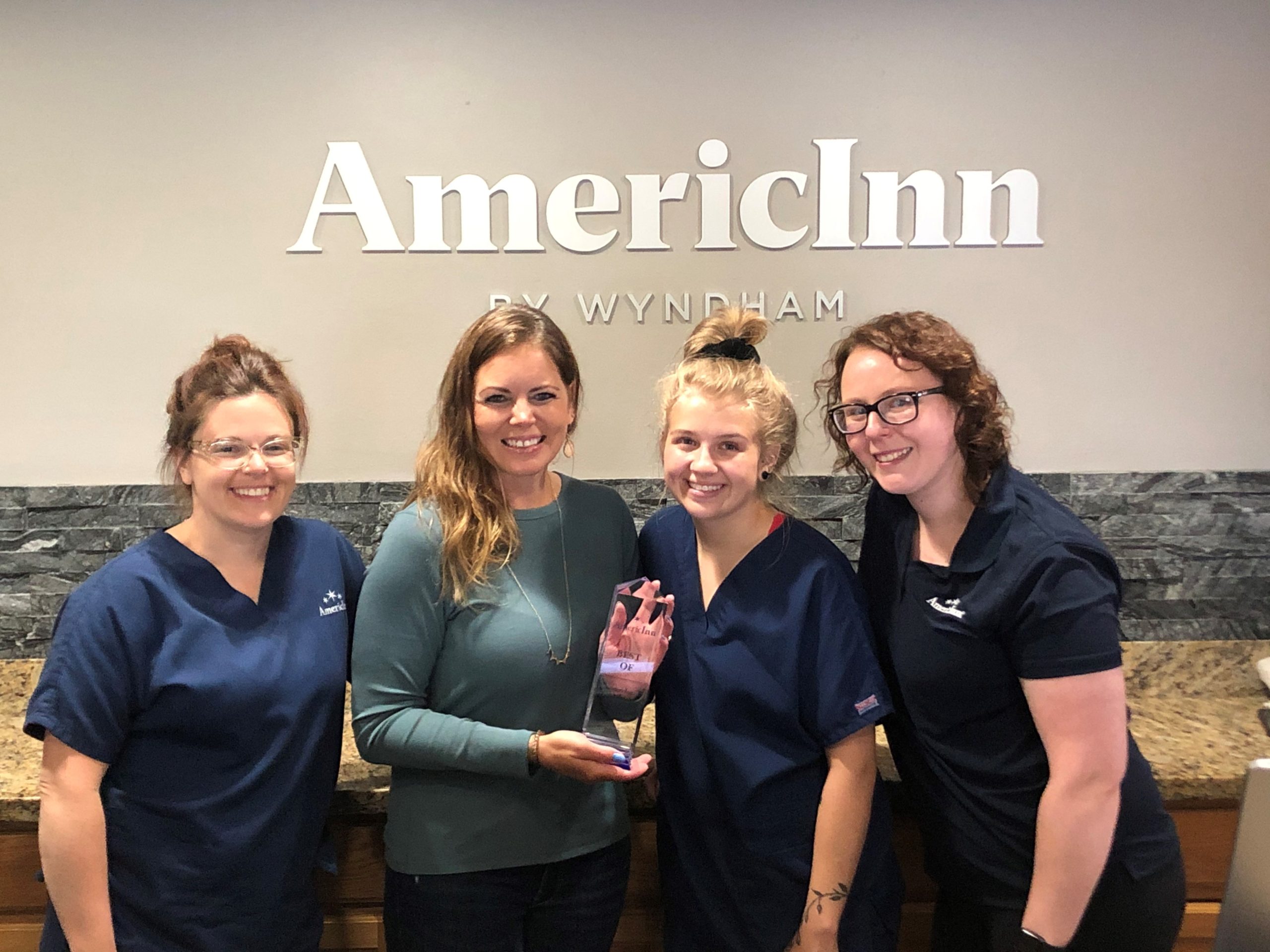Background
Governor Tim Walz’s Executive Order 20-33 requires each business in operation during the peacetime emergency establish a COVID-19 Preparedness Plan. This plan is designed to help a business keep their employees safe by taking steps to control exposure to COVID-19 by limiting contact, social distancing and assuring they have enough equipment prior to starting up, among other options. Communicating this plan and providing training to workers is key to implementing the plan.
COVID-19 is spread mainly through close contact from person to person in respiratory droplets from someone who is infected. People who are infected often – but not always – have symptoms of illness. People without symptoms are able to spread the virus. COVID-19 is also spread from contact with a contaminated surface or object.
Hierarchy of controls
Occupational safety and health professionals use a framework called the “hierarchy of controls” to select ways of controlling workplace hazards. The best way to control a hazard is to remove it from the workplace, rather than relying on workers to reduce their exposure. During a COVID-19 outbreak, when it may not be possible to eliminate the hazard, the most effective protection measures are:
1. engineering controls;
2. administrative controls;
3. safe work practices (a type of administrative control); and
4. personal protective equipment (PPE).
Types of controls
In most cases, a combination of control measures will be necessary to protect workers. The following is a description of each control listed from most effective to least effective.
1. Engineering controls involve isolating employees from work-related hazards. Engineering controls include isolation rooms and other physical barriers, such as clear plastic “sneeze guards” that can limit most workers’ exposures.
2. Administrative controls require action by the worker or the business. Typically, these require changes in work policy or procedures to reduce or minimize exposure to a hazard. Administrative controls include requiring sick workers to stay home, encouraging teleworking when possible and staggering work shifts.
3. Safe work practices are types of administrative controls that include procedures for safe and proper work used to reduce the duration, frequency or intensity of the exposure to a hazard. Safe work practices can include the following.
a. Use social-distancing measures, such as requiring all workers to stay at least six feet away from customers and coworkers.
b. Limit the number of workers entering the business. Based on the square footage and configuration of the worksite, set a specific number of workers allowed in that can maintain a distance of at least six feet from each other.
c. Designate workers to monitor and facilitate social-distancing and hygiene practices.
4. Personal protective equipment (PPE) includes gloves, goggles, face shields, face masks and respiratory protections. Businesses shall do an assessment of the work activities to determine what PPE is required.
The required PPE and training about its use, is to be provided and paid for by the business. This is the
last line of defense used by the worker.
a. Respirators (N95 or better) are not available and are being prioritized for health care and laboratories, emergency response, mortuary services and food supply.
b. Face shields are designed to put a physical barrier between workers. They are typically clear and cover the face of the worker. These are currently in limited supply.
c. Frequent handwashing is more effective than gloves. Disposable gloves are used by workers for handling items that may have contact from an outside vendor, money, parts and food safety, and when conducting cleaning and disinfecting activities. Gloves will carry COVID-19, just like workersʼ hands; therefore, require workers to wash their hands frequently with soap and water for at least 20 seconds and allow them the time to do so. This includes: when they arrive and depart from work; before and after they use the restroom; before eating, drinking or using tobacco; when they leave their workstation; and after handling money. Some areas may have hand-sanitizer dispensers that can be used for hand hygiene in place of soap and water, as long as hands are not visibly soiled. Sanitizer must contain at least 60% alcohol.
d. Homemade cloth masks or surgical masks are considered a source control that keeps germs the wearer expels when coughing or sneezing from landing on others. These do not provide the wearer any type of added protection; these only protect the workers around the source person.
Other protective measures
All workers, regardless of the type of work they are doing, must:
• practice good and frequent hand hygiene;
• follow social-distancing guidelines;
• follow good cough and sneeze etiquette;
• avoid touching their eyes, nose or mouth with unwashed hands; and
• avoid close contact with people who are sick.
Resources
Resources are available on the Minnesota Department of Labor and Industryʼs “Updates related to COVID-19” the webpage at www.dli.mn.gov/updates.
Get help
Request a free safety and health consultation at www.dli.mn.gov/about-department/our-areas-
service/minnesota-osha-workplace-safety-consultation or by calling 651-284-5060 or 800-657-3776.
